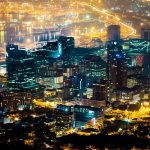Five years ago, launching a decent streaming platform took millions. Now? A teenager with a laptop can build something that reaches millions. That shift…
Q&A: SA director Jaco Bouwer on ecological horror in new film ‘Gaia’
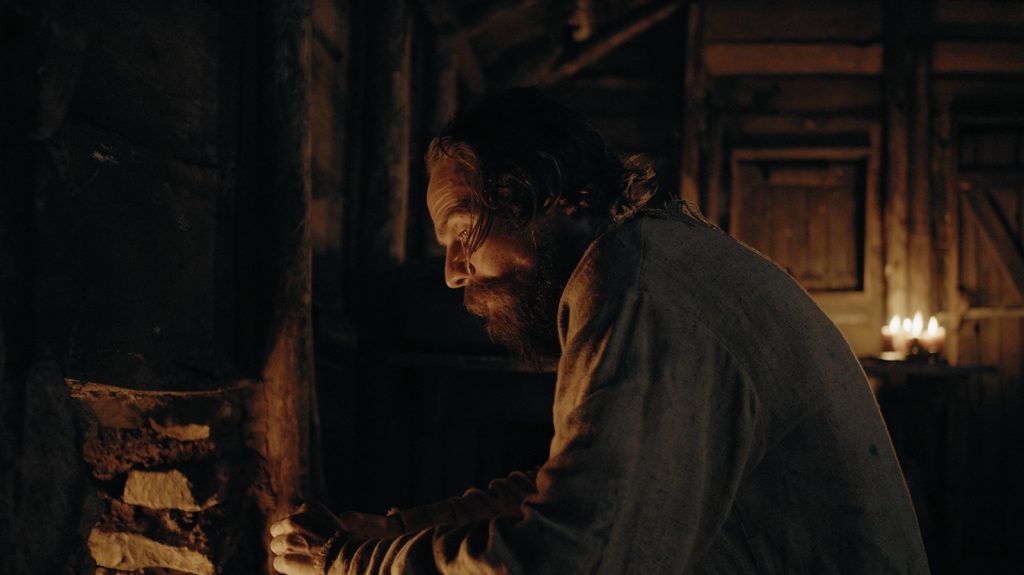
Mother Nature can be terrifying when she wants to be, as she is depicted in the new South Africa film, Gaia.
The new local film makes its global debut on 16 March at the South by Southwest (SXSW) Film Festival in Texas.
It is one of eight films in the midnight screenings category.
What is Gaia about?
Gaia stars Monique Rockman as Gabi, a ranger who finds a father and son living a post-apocalyptic lifestyle deep in the forest.
The pair, played by Carel Nel and Alex van Dyk, seem to have a deep relationship with the nature around them.
But as the family’s cabin is attacked at night by strange post-human creatures, it’s not long before Gabi realises a greater threat is looming. One that has horrific consequences for the human race.
The film also stars Anthony Oseyemi and was filmed in Tsitsikamma Forest in the Southern Cape.
Filmmaker Jaco Bouwer has recently made a name for himself in the genre having directed last year’s teenage horror Rage.
His previous work includes directing duties on Die Spreeus and the 2019 comedy Somerkersfees.
Gaia is scheduled to debut locally at the Silwerskerm Festival later this year. You can check out the trailer for the film below:
Leading up to Gaia’s debut at SXSW, we caught up with Bouwer to ask a few questions about his latest creation and what it takes to make nature a horror villain.
Q: Gaia seems like a wild leap in concept from your previous horror film, ‘Rage’. How different is your approach to filmmaking with this project, though still working in the same genre?
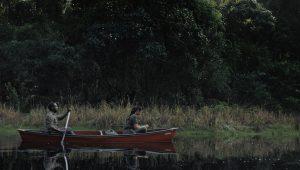
I think in Rage the antagonist was human and here we pushed that into a more conceptual realm of nature as the antagonist/protagonist.
From conceptualising with long-time collaborator and brilliant writer Tertius Kapp, some parameters set the foundation of the project. We wanted to explore the horror genre, nature being the main location and character, essentially a chamber piece of three characters.
I attempted a stripped-down exercise in cinematic exposition compared to Rage being a bit more explicit.
I also felt the need to avoid a horror genre’s shaky-cam clichés, but to approach the tale in a more classical visual style.
Lengthy still frames call on the sublime and the slowly encroaching abject, taking visual inspiration from Brueghel, Goya, and images of the Old Testament.
Q: What are the unique characteristics of South African horror that sets us apart from the rest of the world?
I’m not sure if there is a South African horror scene or characteristics that make distinctly South African, (yet).
I think it’s more the type of stories, locations, and language that might define it as local. But I don’t think there is a distinct SA horror aesthetic.
Although Gaia is a local story with some Afrikaans (50%), its themes are much more universal and global in scale.
So although it’s “local”, it touches on themes and content that the rest of the world can relate to.
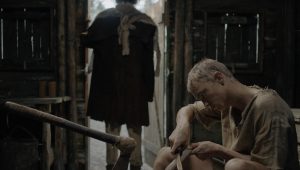
Q: What was the production experience like?
A week into filming, the COVID national lockdown was announced, so we had to pack up everything and go home.
This was a blow to our morale and for almost 3 months we didn’t know if we would be able to go back and finish the film or to reschedule and do a reshoot much later.
So after some months, when level 5 lockdown was lifted, we were able to go back three and a half months later to finish the rest of the film.
Q: Debuting an Afrikaans horror film to a global audience must be tricky. How strong must your visual storytelling be to overcome the language barrier?
There is a very strong visual storytelling element to the film.
Here I must give praise to my actors for really stepping up to the challenge and [they] were so professional and prepared that it translates those emotional undercurrents, the non-verbal moments in the film, and of course our main character “nature” also contributed to this visual world.
Even in the editing process, I found myself removing even more dialogue because the communication and tension was already there and communicated nonverbally.
As an example of the subliminal visual storytelling, we used different aspect ratios to enhance the mood and tone of the story.
From the early location scouts we did, I felt that there is so much verticality in the forest and to try capture it I felt we should use a different aspect ratio.
Not just to capture the height of the trees but also using a “narrower” frame to create a sense of claustrophobia for the characters.
So less negative space to create a certain oppression on the characters surrounded by nature. It is very subtle but there are actually four different aspect ratios used in the film to subliminally guide the viewer through the arc of the movie.
Another example is art direction and wardrobe. Here production designer Rocco Pool and wardrobe designer Mariechen Vosloo did such amazing work.
I felt it necessary to try to portray the father and son’s survivalist way of life in the forest in isolation as authentically as possible.
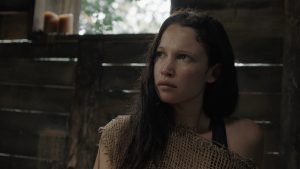
Q: There is a very heavy environmental theme in Gaia. Besides scaring audiences, is there an intent to send some kind of message?
Here lies the core of the film. Gaia is an ecological horror, a survivalist drama.
For survival in an unforgiving world, the forest is set up as the main antagonist.
However, it is the best sort of antagonist, in that it owns the audience’s sympathy throughout. Man’s destruction of nature is leading us ever faster to a future beyond our imagination.
Gaia shifts away from an anthropocentric perspective and uses that to explore the terrifying beauty of a world where humans are no longer at the centre of existence.
Feature images: Gaia Film/Supplied
Read more: Filmspace is the ‘Airbnb’ for the film industry in SA

